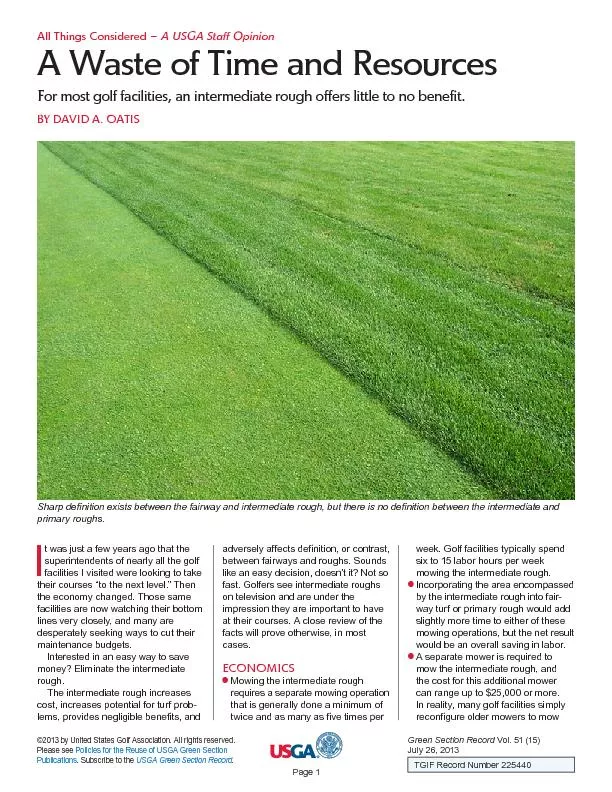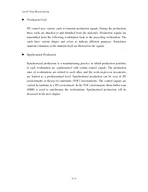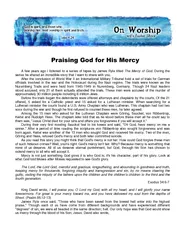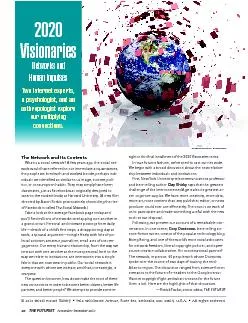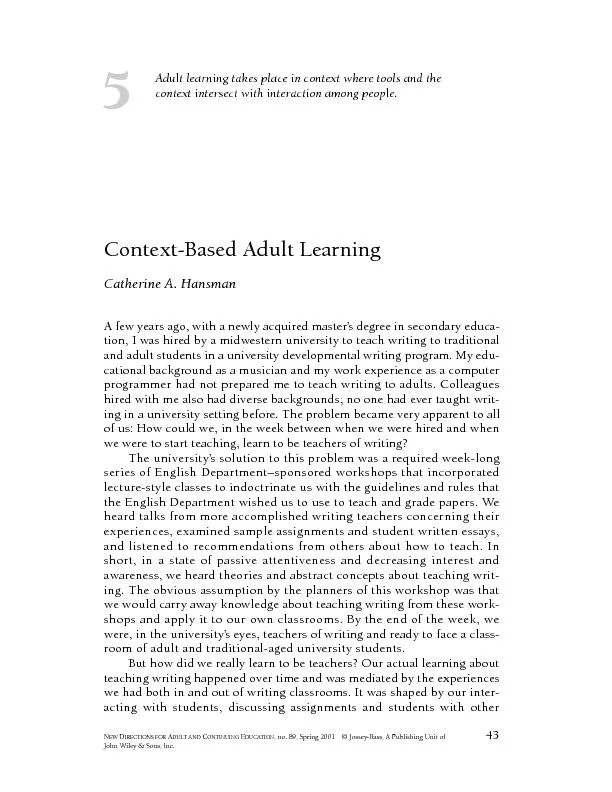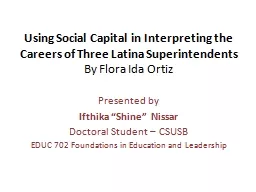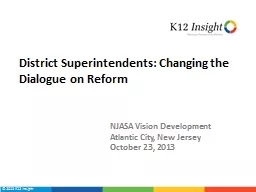PDF-t was just a few years ago that the superintendents of nearly all the
Author : alida-meadow | Published Date : 2016-07-26
All Things Considered 150 A USGA Sta OpinionA Waste of Time and ResourcesFor most golf facilities an intermediate rough oers little to no benetBY DAVID A OATIS Page
Presentation Embed Code
Download Presentation
Download Presentation The PPT/PDF document "t was just a few years ago that the supe..." is the property of its rightful owner. Permission is granted to download and print the materials on this website for personal, non-commercial use only, and to display it on your personal computer provided you do not modify the materials and that you retain all copyright notices contained in the materials. By downloading content from our website, you accept the terms of this agreement.
t was just a few years ago that the superintendents of nearly all the: Transcript
Download Rules Of Document
"t was just a few years ago that the superintendents of nearly all the"The content belongs to its owner. You may download and print it for personal use, without modification, and keep all copyright notices. By downloading, you agree to these terms.
Related Documents

